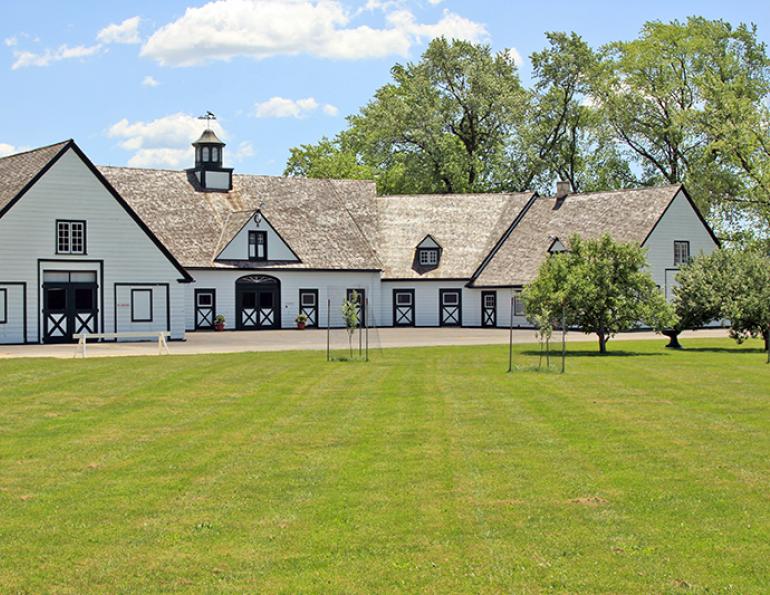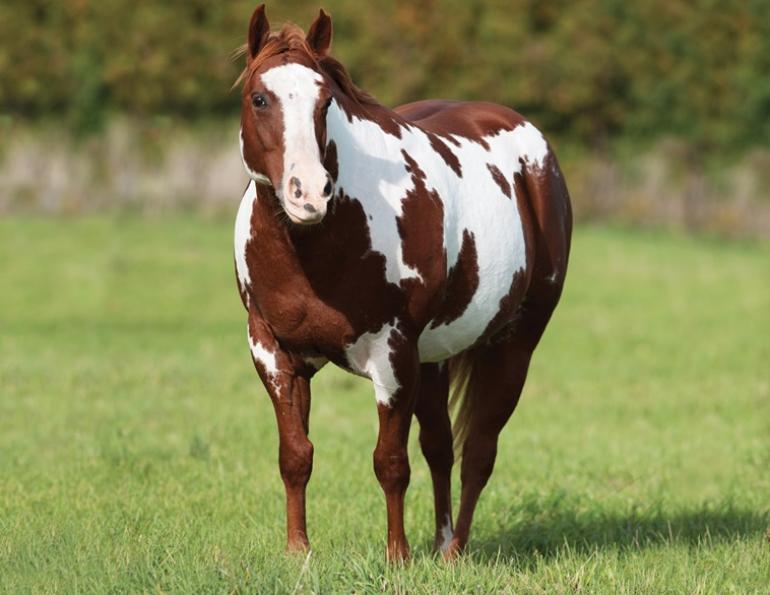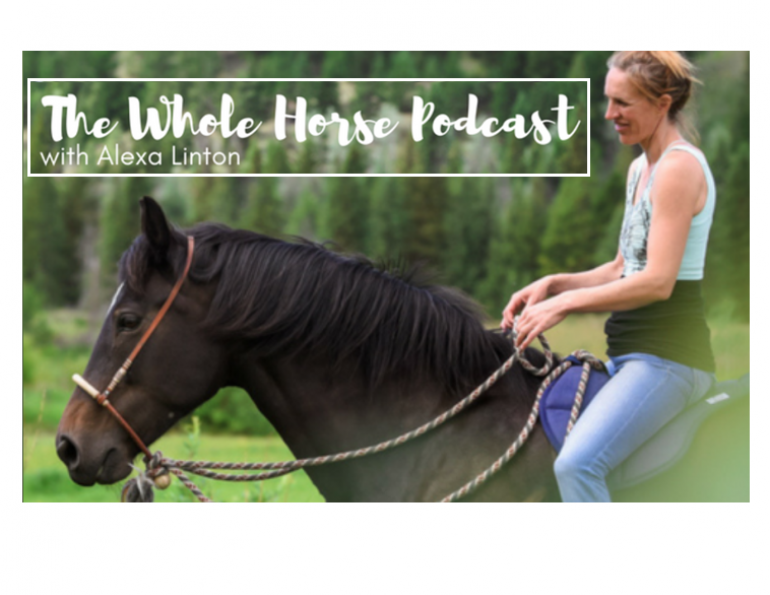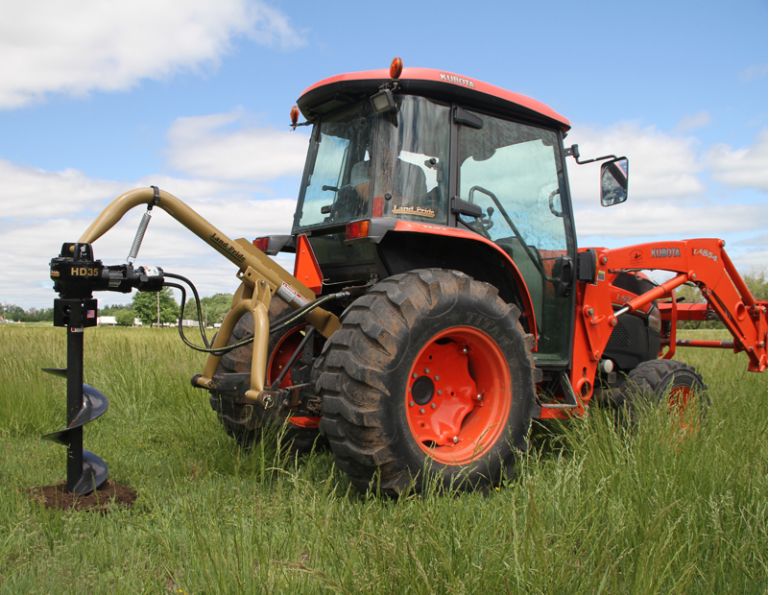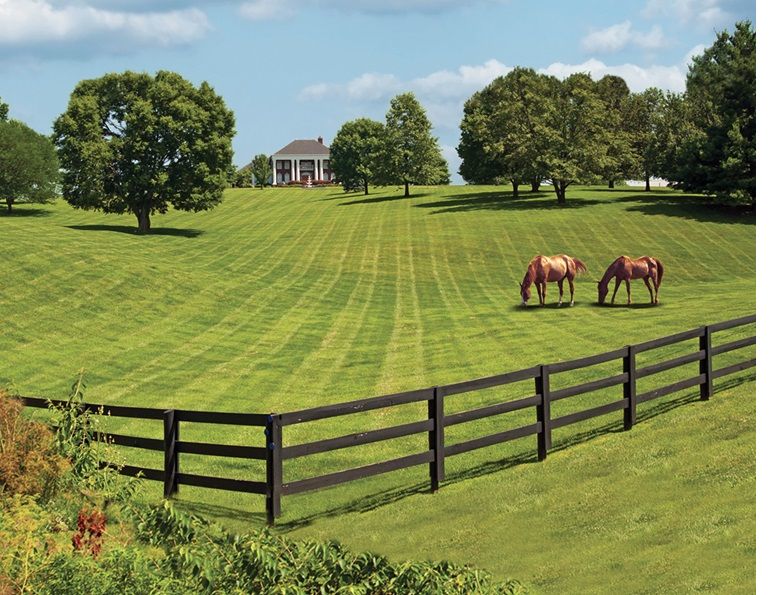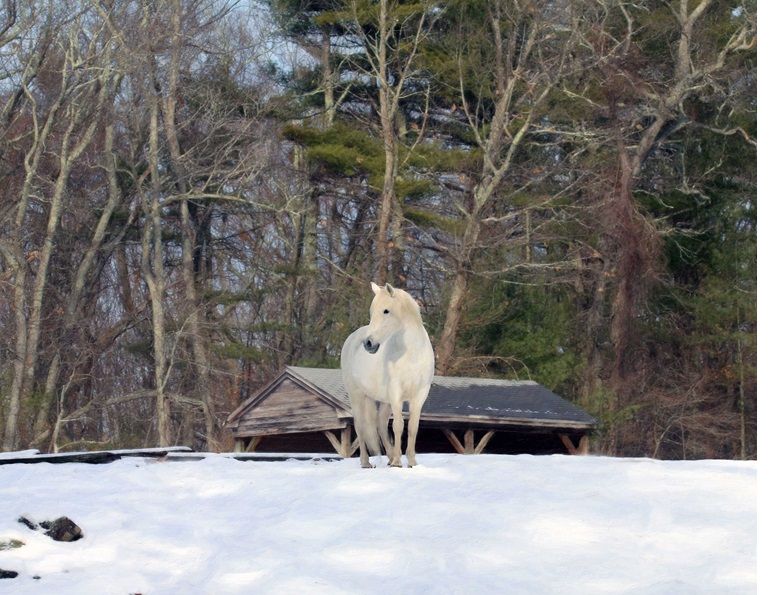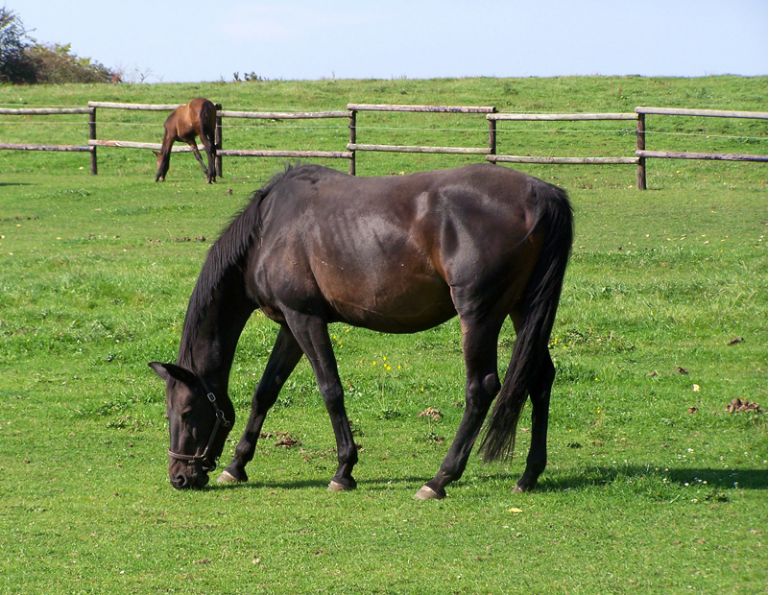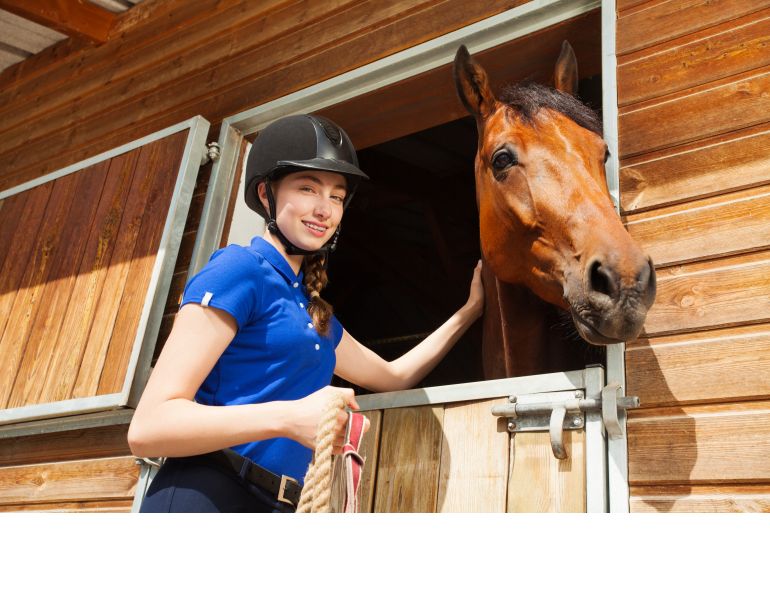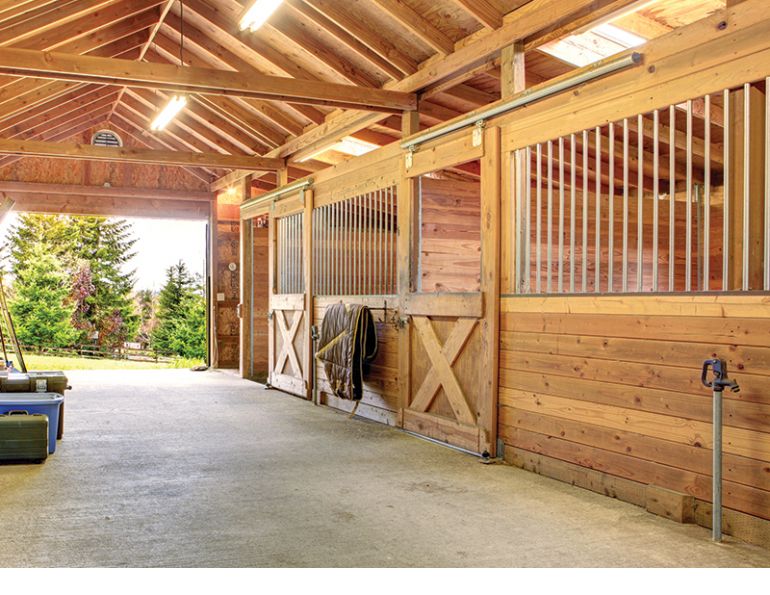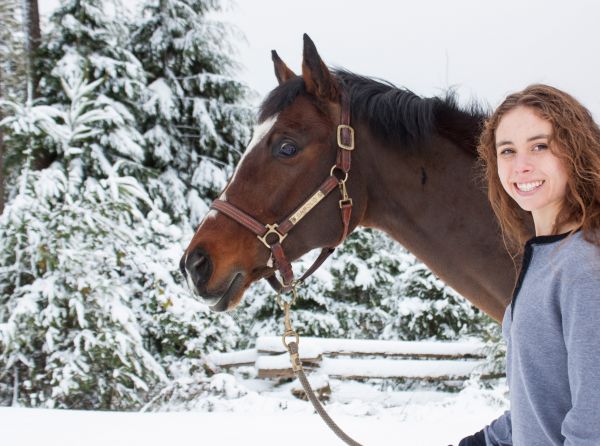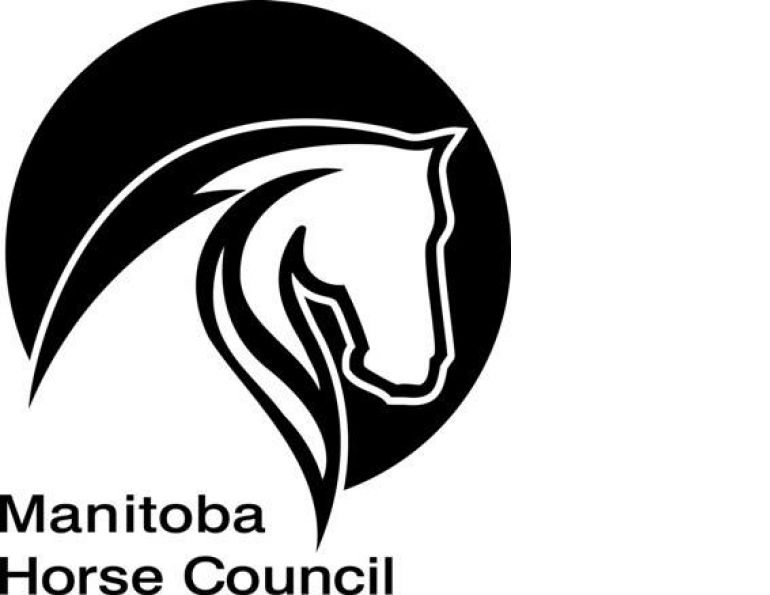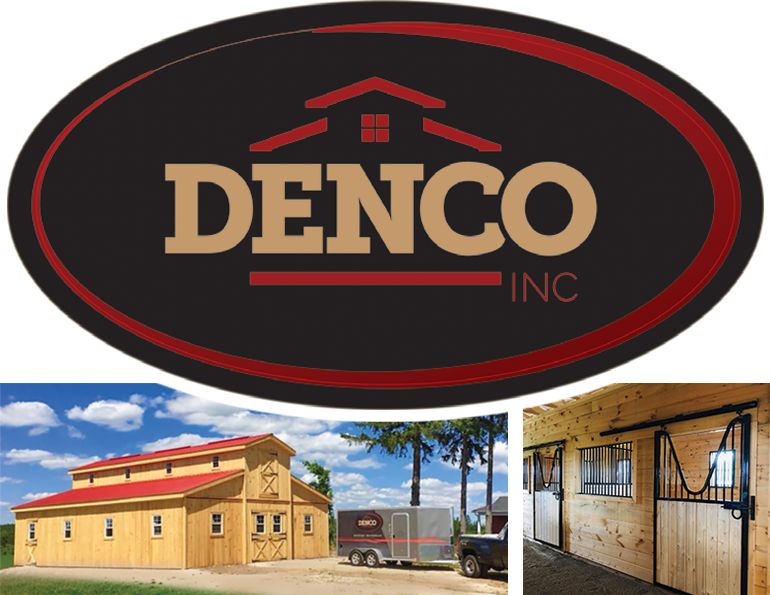17 Maintenance Tips
By Margaret Evans
Early summer is a great time to do a variety of maintenance tasks around your barn and horse property. The time and energy invested now will keep your horses safe and your property looking its best, providing you with year-round peace of mind and enjoyment.
#1. The Barn
At least once a year, assess your barn’s structural integrity by doing a thorough cleaning of the barn’s interior, checking for repairs as you go. Inspect the roof for leaks, holes, and other damage, and clear eavestroughs of debris.
Check the foundation for signs of heaving, and if needed, install or extend eavestroughs and drainage around the perimeter to divert water away from the base.
Examine electrical fixtures and wiring for damage. To prevent rodents (and horses) from chewing wiring, run it through metal conduits.
If water lines froze last winter, preventing that frustrating situation in the future will be a priority. In Canada, waterlines should be buried in the ground at least four to six feet depending on what part of the country you live in. Above-ground pipes should be contained in an insulated space.
Consider frost-free hydrants to keep pipes from freezing. The water in the above-ground portion of the pipe drains down below the frost line when the valve is closed. Another preventative option is a water heater, which provides the benefit of warm water to your horses during winter months, encouraging consumption.
If the barn needs improved ventilation, now is the time to install windows or vents where fresh air can enter, and to consider overhead fans which can push air down and promote air circulation.
Once horses can stay outside for a few days, pressure-wash the interior walls of the barn to remove dust, dirt, cobwebs, and old birds’ nests. A good time to do this is in the summertime when it’s hot and things dry quickly. If birds are nesting wait until fledglings are out of the nest. Never allow birds to build nests around or above light fixtures where they can interfere with wiring and start a fire.
Remove and dispose of any garbage and junk that has accumulated.
#2. Rodent Control
Rodents can be a major nuisance. They cause damage to structures, tack, equipment, and electrical wires which increases fire risk. They consume and contaminate feed; spread disease, mites, ticks, lice; and leave a mess with their feces.
The first step in rodent control is to remove their food source. There is no greater draw for rodents than a buffet of sweet grain. Store grain and feed in metal bins with securely fitted lids, and sweep up spilled feed immediately. Burn or otherwise dispose of empty grain bags. The next step is to rodent-proof your buildings as much as possible by sealing cracks, gaps, and other entry points.
Options to deal with a rodent problem include predators, traps, and poison. Barn cats or Jack Russell terriers are happy to help keep rodents under control. Trapping is commonly used because it does not involve poison, which can be fatal to animals and children. Exercise great caution if poison is used, especially if children or pets frequent the barn or a barn cat is in residence. Rodents are a part of barn life, but keeping them under control is essential.
#3. Refresh Your Fire Safety Plan and Emergency Procedures
Barn fires are one of the most common emergencies affecting horses. You need to act quickly and calmly, and having a well thought out emergency plan in place will increase your chances of a positive outcome.
If you don’t already have one, a priority should be to create a fire safety and emergency evacuation plan and have it accessible to everyone who frequents the barn. Review it with your family, barn friends, and boarders. Make sure everyone knows how to use the fire extinguishers, that the exits are well marked, smoke detectors are working, and No Smoking signs are prominent. Your barn’s fire extinguishers should be serviced each year.
Ensure the records of the horses living on your property are up-to-date and kept in a separate location outside the barn. Records should include photographs for identification, registration papers, medical information, and other important details.
A list of up-to-date contacts for the barn manager, alternate barn contact person, and local emergency services (veterinarian, ambulance, fire, police) should be placed in a highly visible location, along with the barn address and directions should they need to be provided to emergency responders.
#4. Replenish First Aid Kits
Review the checklist of items in your first aid kits – one for the barn, one for the trailer, one in your saddle bag for a trail ride – and replace or update anything that’s been used. Add any extras you’ve wished for in the past. It’s so easy to use something in the kit when away on activities, then forget to replenish it when you get back.
Give your kits a thorough cleaning, and make sure they are ready to go. And remember to do the same for the human first aid kit.
#5. Equipment Check
A regular maintenance and safety check on all your tools and equipment should be standard procedure. Think about the problems that occurred during each season of the past year so you can take steps to prevent them in the future. It will feel so good to replace those frustrating bent and broken buckets; repair the leaky hoses and taps; fix the loose wheel on the wheelbarrow; and lubricate annoying squeaky doors.
#6. Repair, Clean, and Store Winter Rugs
When winter is finally over, it’s time to get your horse’s winter rugs cleaned, repaired, and stored. You may opt for specialized cleaning at a horse blanket laundry service where they have heavy duty washing machines built for the job, and can re-waterproof the blankets for you as well. Usually these services require that you remove as much of the horse hair as possible, so a good stiff brushing will be required.
Store clean, dry blankets in the original bag they came in, or in sturdy sealed bags. Save storage space by vacuuming the air out of the bags.
#7. Tame Your Tack Room
In an organized tack room, the high priority items are easily accessible. Pull out all your stuff and decide how to organize it so it works best for you. Install shelving, buy hooks, containers, and racks to give every item a home and to get everything off the floor. Any tack and equipment you no longer need should be donated, sold, or discarded.

Photo: Shutterstock/Vespa
Sweep and scrub, get in those dark corners to remove cobwebs, and consider a paint job to brighten walls. Install more or better lighting if needed.
Clean out the fridge and dispose of any out-of-date medications. Your veterinarian or pharmacy can provide you with medication disposal information.
Leather goods need a dry environment to prevent mould. If your tack storage area is subject to dampness or humidity, use a fan to keep the air circulating.
Keep a broom and dust pan in your tack room to sweep up horse hair, dirt, and debris, and before you leave each day, make sure everything has been put away in its proper place. You’ll love your clean tack room and wonder why you didn’t organize it sooner.
#8. Hay Storage
Clear out your hay storage area so it’s ready for this this year’s crop. Collect and dispose of loose baler twine. Some recycling outlets will take the plastic variety of twine, which can’t be burned. Remove dust which is highly combustible, and check electrical wires which are often damaged by rodents. Make sure your hay thermometer is working properly before your new hay supply arrives.
#9. Stalls and Paddocks
Cleanliness and safety are essential in confined areas such as stalls and paddocks. Here you will repair/replace chewed or damaged boards, partitions, and doors, and inspect for hazards such as sharp edges, nails, and wasp nests.
Dirt floors are low in cost and absorb urine but also absorb urine odours and can develop uneven spots. Level those areas with suitable fill and compact it. If the budget allows, consider stall mats for a more permanent solution, which may also reduce bedding costs.
If water collects in the paddock, install a run-off system to divert rainwater away from the horse’s confinement areas. This will reduce mud and prevent manure from washing out of the paddock.
Paddock footing deteriorates over time and may need to be replaced. In cold or wet weather, horses should not be standing or lying in mud, and in summer the paddock should not be dusty. Choose a footing material suitable for your climate and such as sand, gravel, hog fuel, or a combination of footing types.
#10. Run-in Shelters and Loafing Sheds
Shelters should be cleaned of manure daily, and at least once each season they should be checked for wear and tear such as loosening posts or boards. The roof should be checked for damage from wind and heavy snow loads that may have strained joints. If the flooring is dirt, it may need filling to return it to level ground. If you consider concreting the floor to make cleaning easier, remember it may not be as warm and comfortable for horses.
Check the eavestrough and downpipe for clogs and repair or replace as needed. Remove wasp nests, and watch for returning insects during the summer and fall, and don’t let them come back. If there is lighting in the shelter, check wiring, lamps, and the source feed of the power to be sure there is no corrosion.
#11. Hidden Hazards
When horses become stuck in mud or icy water, or tangled in fences or equipment and unable to remove themselves, it often doesn’t end well.
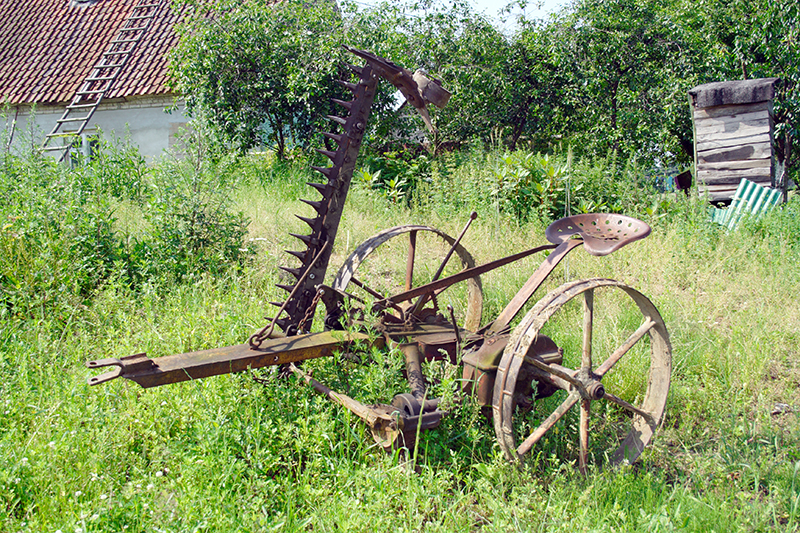
Even if horses are familiar with the pasture and what’s in it, old farm equipment stored in the pasture is a serious accident waiting to happen. Photo: ©Canstockphoto/Aguirre_mar
Eliminate these and other dangers by walking your property as soon as the snow has melted in the spring, and regularly throughout the season. Look for broken fences which provide easy escape routes, as well as clutter and safety hazards such as holes, sharp edges, protruding nails, and farm equipment buried in tall grass. These are accidents waiting to happen, and even though your horses may be very familiar with the pasture and what’s in it, they could one day be chased or scared into unsafe areas. Ponds should be fenced off to prevent horses from falling through the ice into freezing water, and to protect riparian areas.
#12. Pasture Perils
Learn to identify weeds and poisonous plants, and how to control them. Many produce attractive flowers and are not easily recognizable as invasive weeds. Check for weeds regularly along fence lines, at handling areas, watering and feeding sites, and over-grazed areas. While they may not have bothered with them in the past, horses will eat toxic weeds if they are hungry and pasture is sparse.
Once detected, eradicate weeds before they become established. Weeds will decrease the productivity of your pasture and getting rid of an infestation can be expensive. Horses should be removed from herbicide-treated pastures for the length of time recommended on the product label. Most municipal governments have a list of nuisance/invasive weeds and expect property owners to keep them under control.
Brush, weeds, and tall grass around the barn and other buildings should be removed. Not only are they a fire hazard, but removal eliminates cover and nesting sites for unwanted rodents.
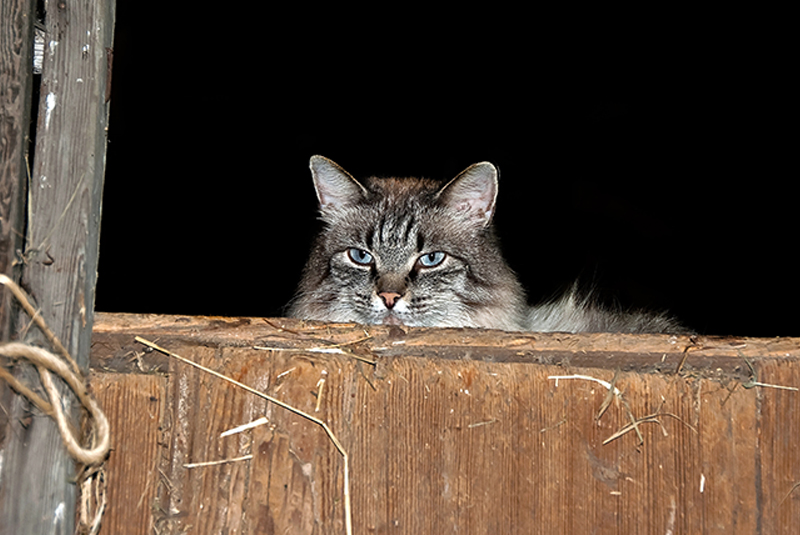
A member of the rodent control team keeps watch. Photo: ©Canstockphoto/Liveslow
Check the health of trees close to the barn. Overhanging branches and dead trees should be cut back or removed to prevent them cracking and falling in a storm.
#13. Fences and Gates
Improperly maintained fences are a major contributor to farm hazards. Walk your fence lines regularly, checking both sides of the fence as well as the stability and strength of the posts, and take care of fence repair or replacement as soon as issues arise. If the fencing is barbed wire, replace with safe horse fencing, as barbed wire is not suitable for horses, and particularly unsuitable for mares and foals.
Reposition sagging gates if necessary and adjust if needed to allow for snow and ice build-up that might have been a problem last winter. Check gate hinges and chains, latches, clips, or whatever you use to firmly close gates and replace or upgrade where needed.
#14. Water Troughs
Troughs should be checked for leaks and general wear and tear, and cleaned regularly including valves, screens, and floats.
To stabilize the soft, muddy ground around water troughs where horses congregate in groups, prepare the site by cleaning out the soft guck and getting to a stabilized layer. Then pack with coarse sand, gravel, or crushed rock (no bigger than a couple of centimetres). Plan to place at least six centimetres of footing, ideally more, into the area. Make sure it is well compacted. The horses will continue to compact it as they move over it.
#15. Manure Management
Manure management practices should be reviewed annually.
Poor manure handling can result in contamination of surface and ground water, flies, odours, and unhappy neighbours. Cover manure piles to control run-off. If necessary, relocate manure piles to at least 20 feet away from the barn to reduce risk of combustion, and comply with local regulations regarding distance between manure storage areas and watercourses. If you are unsure how to manage your manure pile, provincial ministries of agriculture can offer guidelines.
Manure can be disposed of off-site by having someone haul it away. If you are stockpiling manure, consider composting as a manure handling option. Horse manure composts into excellent fertilizer that can be used in place of commercial fertilizers. Horse manure should be turned regularly or aerated with perforated PVC pipes to release gases. Left for several months, it will break down into rich black soil.
#16 . Bugs Begone
Winged pests can make life miserable for horses and humans alike. Plan now for an effective fly and mosquito control program and you’ll reap the benefits all season long.
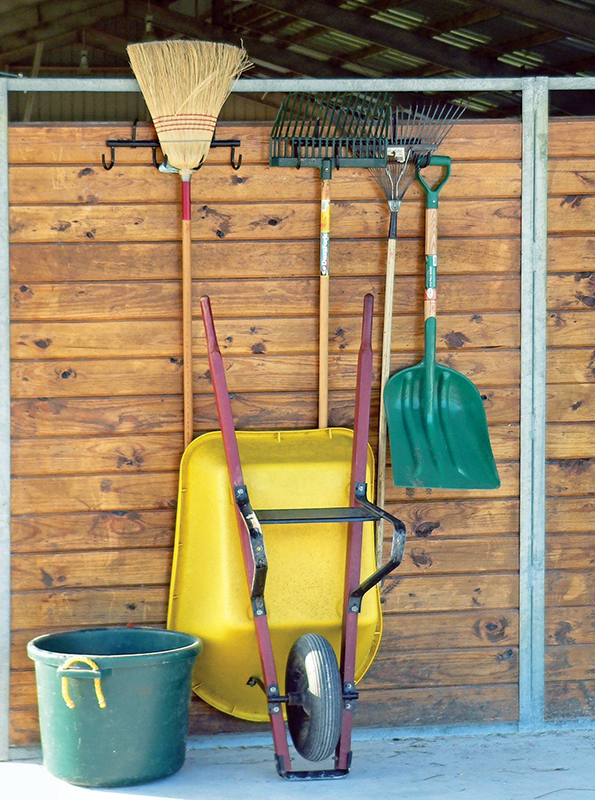
Photo: ©Shutterstock/Perry Correll
Fly control starts with proper manure management and good hygiene around the barn is essential to reducing fly populations, as many species lay their eggs in manure, decaying vegetation, and moist areas.
Breeding grounds can be reduced by removing areas of standing water, and by draining or levelling pasture areas where water accumulates. When not in use, buckets or pots should be stored upside down so that rain water doesn’t collect and provide a pool for mosquito larvae.
A number of excellent products exist to kill or repel flies and mosquitoes on animals and properties. Natural insect predators such as parasitic wasps are also very effective in pest control.
#17. Potholes
Most potholes in gravel driveways are a common problem on farms and acreages. Each hole needs to be refilled with course gravel aggregate or road base and packed down. Before filling, clean the hole of loose stones and debris that might prevent it from being properly levelled.
Main Photo: Shutterstock/Thomas Barrat



